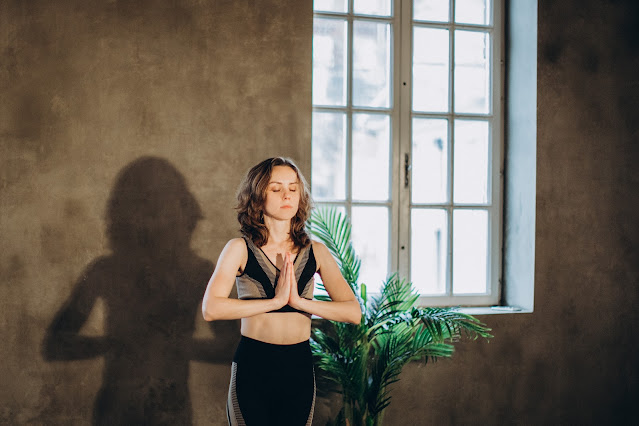Unlock the Power of Ashtanga Yoga: Master the 7 Essential Steps for Inner Balance
Introduction
In the introduction, we would provide a brief overview of Ashtanga Yoga and its significance as a holistic practice. We would highlight its roots in ancient Indian tradition and its focus on synchronizing breath with movement.
Step 1: Understanding Ashtanga Yoga
This section would delve deeper into the fundamentals of Ashtanga Yoga, explaining its philosophy and principles. We would explore its emphasis on the eight limbs of yoga and how they contribute to a well-rounded practice.
Step 2: Breath Control (Pranayama)
Here, we would discuss the importance of pranayama (breath control) in Ashtanga Yoga. We would explore various breathing techniques used in the practice, such as Ujjayi breathing, and explain their benefits in enhancing focus and energy flow.
Step 3: Sun Salutations (Surya Namaskar)
This section would focus on the practice of Sun Salutations in Ashtanga Yoga. We would explain the sequence of postures involved and their purpose in building heat, flexibility, and strength in the body.
Step 4: Standing and Seated Poses (Asanas)
Here, we would explore the different standing and seated poses that are integral to Ashtanga Yoga. We would highlight their alignment principles, benefits, and variations to cater to practitioners of different levels.
Step 5: Flowing Sequence (Vinyasa)
This section would cover the concept of Vinyasa, which refers to the synchronized movement and breath in Ashtanga Yoga. We would explain how each pose flows into the next, creating a dynamic and continuous practice.
Step 6: Meditative Focus (Drishti)
In this part, we would discuss the significance of Drishti (gaze) in Ashtanga Yoga. We would explain how directing the gaze in specific ways enhances concentration, helps maintain balance, and cultivates a meditative state of mind.
Step 7: Final Relaxation (Savasana)
This section would highlight the importance of Savasana (corpse pose) as a concluding step in Ashtanga Yoga. We would explain how this pose allows the body and mind to integrate and deeply relax after an intense practice.
Conclusion
A. In the conclusion, we would summarize the key Ashtanga Yoga steps covered in the blog post. We would emphasize the transformative benefits of practicing these steps regularly and encourage readers to explore Ashtanga Yoga further.
FAQs:
Q1: What is Ashtanga Yoga?
A: Ashtanga Yoga is a traditional form of yoga that involves synchronizing breath with a progressive series of postures. It focuses on the eight limbs of yoga, incorporating physical movement, breath control, meditation, and ethical principles.
Q2: Can beginners practice Ashtanga Yoga
A: Yes, beginners can practice Ashtanga Yoga. However, it is recommended to start with a modified or introductory version of the practice and gradually progress as flexibility, strength, and familiarity with the postures increase.
Q3: How long does an Ashtanga Yoga practice session typically last?
A: The duration of an Ashtanga Yoga practice session can vary depending on individual preferences and time availability. Typically, a full primary series practice can take around 90 minutes to 2 hours. However, shorter practices focusing on specific sequences or a condensed version of the series are also common.
Q4: Is Ashtanga Yoga physically demanding?
A: Yes, Ashtanga Yoga can be physically demanding as it involves dynamic movements and challenging postures. Regular practice helps build strength, flexibility, and stamina over time. It is important to listen to your body, practice at your own pace, and modify the poses if needed.











Post a Comment